Re-canning food from #10 Cans
This page may contain affiliate links. More Information.
In this article, we tackle the common questions about safety and savings when it comes to re-canning items like green beans and tomatoes. What are the potential pitfalls and why alternatives like freezing might be more practical.
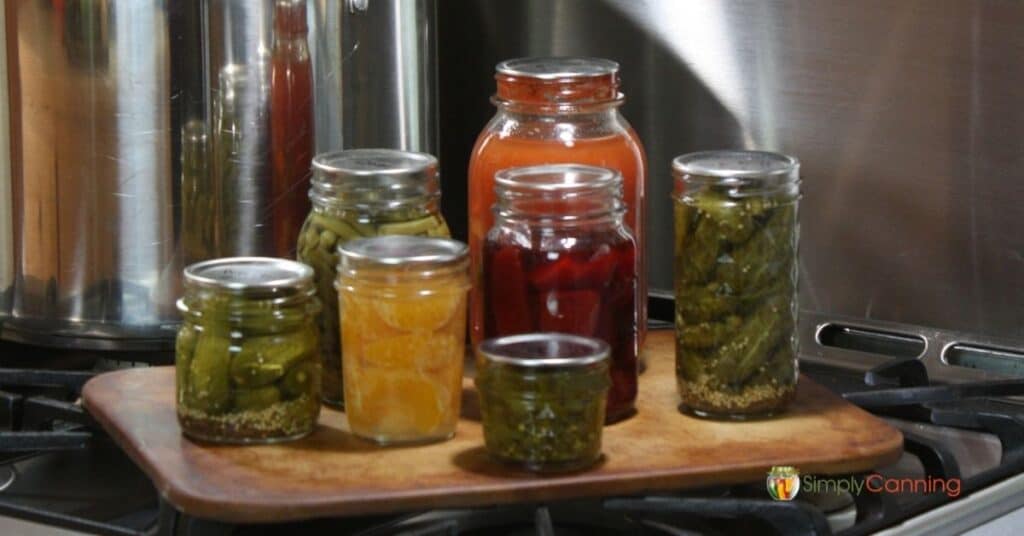
I often get questions from people who are asking about re-canning store-purchased foods. Especially when it is purchased in those large, #10-size cans.
Green beans, tomatoes, tomato sauce, corn, fruit and other foods can be purchased in large #10 cans at a cheaper price than the smaller, individually sized cans.
Sometimes you can’t use the food all at once, but purchasing it in the larger amount saves money. So it seems logical that re-canning it would also save money. But is it a good idea? Is it safe? Is it really economical?
Personally, I do not re-can food from #10 cans.
When you open that can from the store, you are exposing the food to the air and spoiling agents. You lose that sealed environment, and you are basically starting over.
The decision to re-can your food should be based on more than just the ph of the food, or the availability of an appropriate recipe to follow. There is more to canning testing than just ph and temperature. It also has to do with the density of the food. Which is where the NCFHFP has reservations.
The proper temperatures need to get to the very center of your jar of food. The density of your foods will affect that. Precooked food will pack tighter and may need longer to come to temperature. Depending on your food type, there may not be testing that has been done.
Even hot packed food in home canning is usually just partially heated, not fully cooked like a commercially canned product.
Quote from the NCHFP Regarding Re-Canning Food
Since you may disagree with my answer to this question, I decided to quote the National Center for Home Food Preservation. They are an organization that has the facilities to test food safety issues. You can agree or disagree… I’m okay with that. But this is where my suggestions originate. They bring up some valid points.
NCFHFP – “We have no safe tested processes to do this. In some cases, the way the heat is distributed throughout the jar during canning will be very different if you start with already canned/cooked food than with fresh.
Excessively softened foods will pack more tightly into a jar, or arrange themselves differently and the processing time recommended for fresh foods will not be enough for the already canned foods.
Under processing can lead to food borne illness or at the very least, spoilage and loss of product. You definitely could not just transfer the food and “seal” the jar. You would need some heat treatment known to destroy any organisms transferred with the food.”
Source – https://nchfp.uga.edu/questions/FAQ_canning.html#32
When you consider green beans, for example, they are soft when canned. You will be able to pack much more in a jar. When you are canning them at home from fresh, you have the option to raw pack or blanch first and hot pack.
Even hot packed green beans are only blanched…already canned green beans will be much softer and can easily pack more in the jar. This thicker product may mean that original canning instructions may not have enough time to get the heat through to the center of the jar. So the risks of under processing is higher.
Re-processing Will Result in Overcooked Food
The food will be overcooked! The quality will likely suffer. Again this is dependent on food type.
The food that is going into your jars is already very cooked and soft. Even though it is already cooked, you will still need to use the entire processing time. Processing twice will create mushy, unappetizing food.
Does Re Canning Really Save Money?
By the time you add your time in bottling up the food and the costs of jars and lids, the energy you use to run the canner for the processing time…are you really saving that much?
I’m all for being economical. I consider myself to be pretty frugal and I shop wisely, not wasting any of my food budget. But I guess I’m not convinced that the savings is that much.
Time is valuable to a busy woman (or men!). I know we love to can, but honestly…if it is not economical, I have a ton of other stuff to do with my time as well.
So What Do I Do with All that Extra?!
Plan your meals so that you will be using that food type often and store extras in the fridge. Or do some freezer preparation where you prepare several meals and freeze them.
Another option is to open the can, use your first serving, and then freeze the remaining food in serving-size portions.
So my final recommendation is…don’t do it. Re-canning store-bought food has not been tested safe, I don’t know that it will save you that much, the food may turn out unappetizing, and freezing is so easy.
Question and Answers
Yes. But these are generally for dried foods in a home situation. There are can sealers available to seal #10 cans yourself. The can sealers are very expensive. They can sometimes be found for rent. This is something I did years ago with dried foods.
However for wet foods like tomatoes and green beans the processes will be very different than a commercial product. I do not know of any home canning testing done for #10 cans.
Related Pages
Altitude adjustments are important. Before processing your food, you should make sure you’re using the correct time/pressure for your specific altitude!
Pressure canner or water bath canner? Which one prevents the risk of botulism?
Learn about the two made different canning methods here. SimplyCanning.com uses USDA safety methods, with good reason!
Pin This to Find Later!
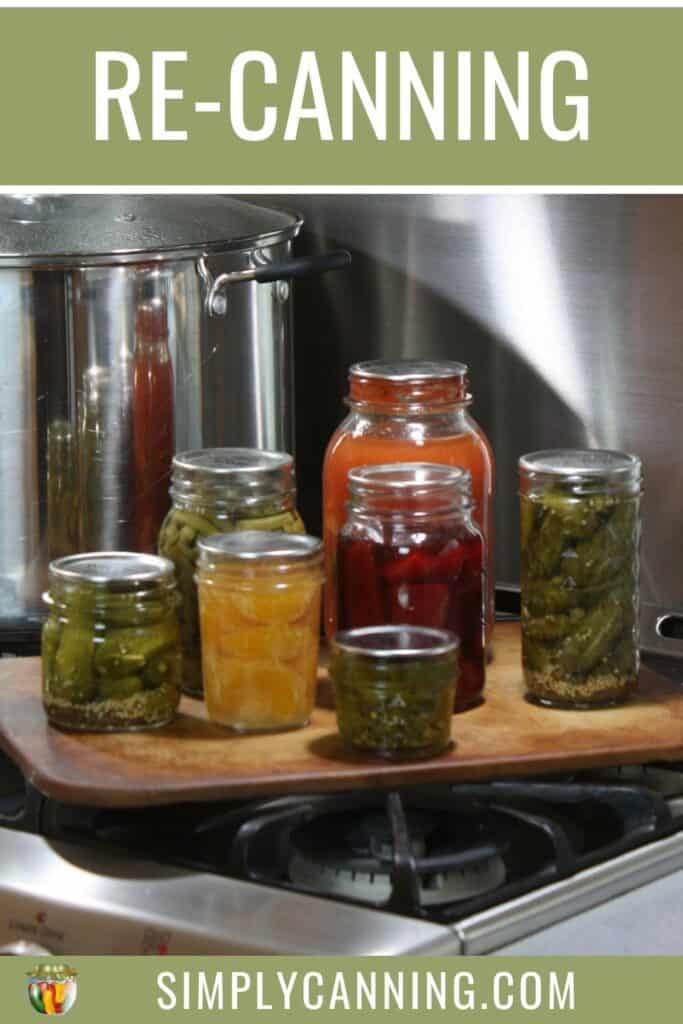

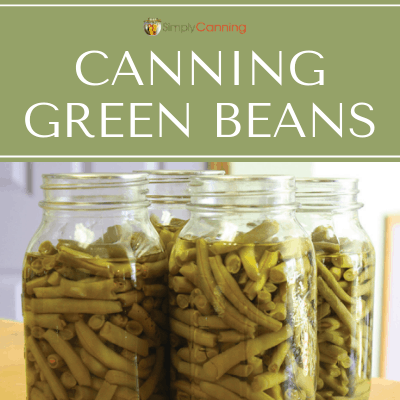
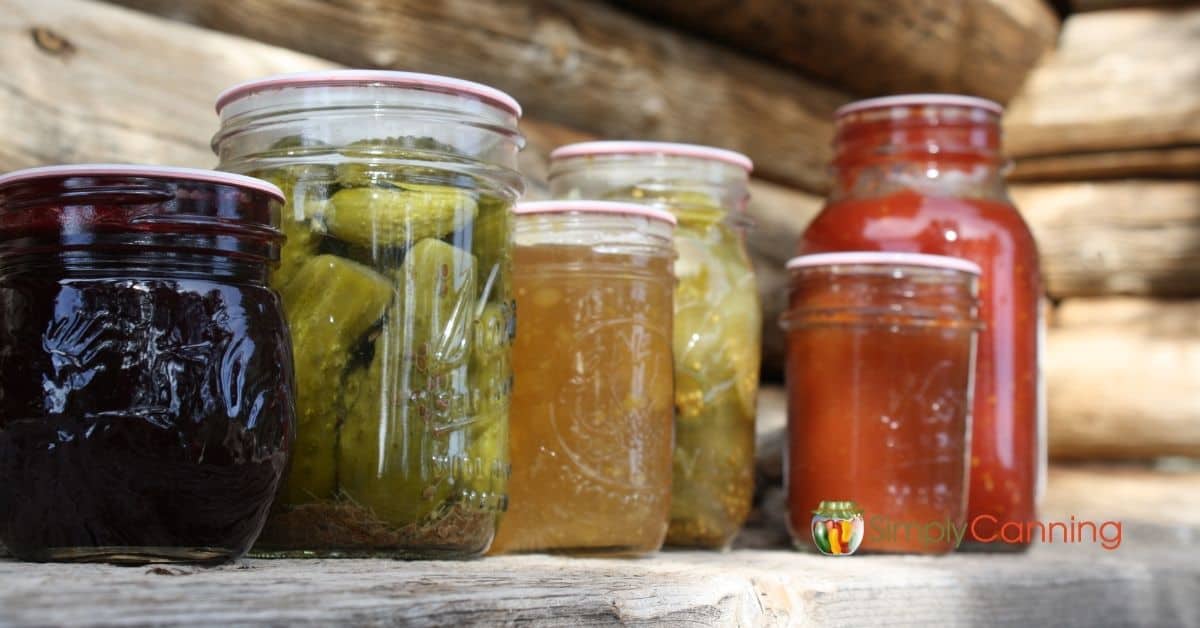
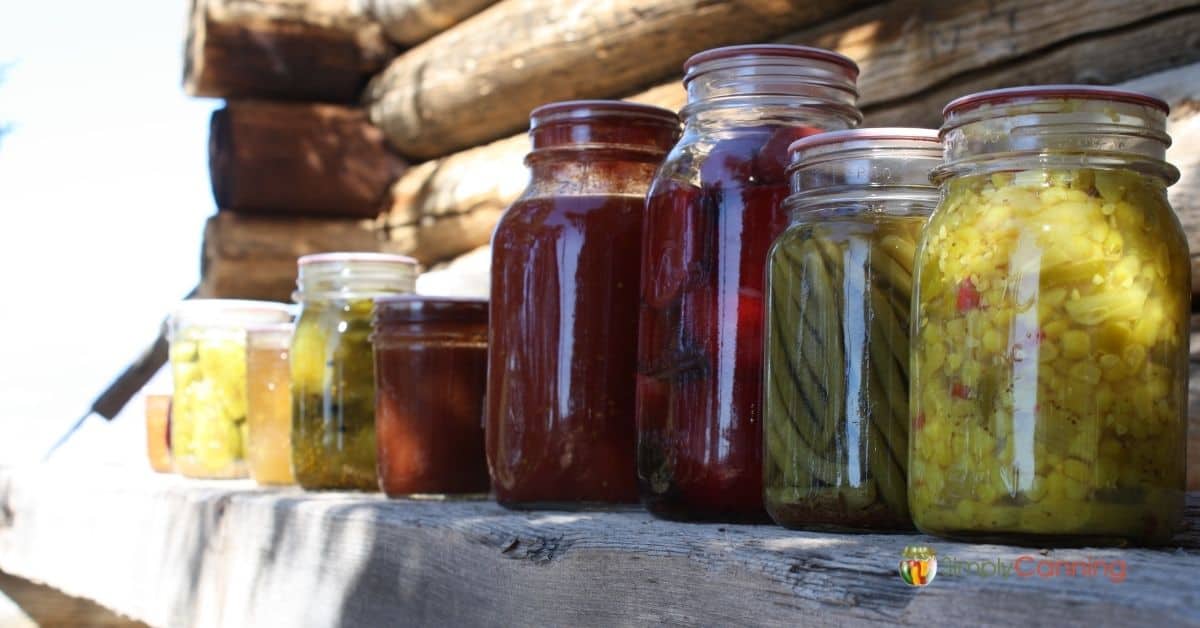
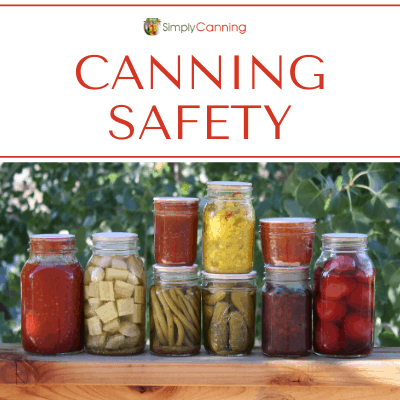
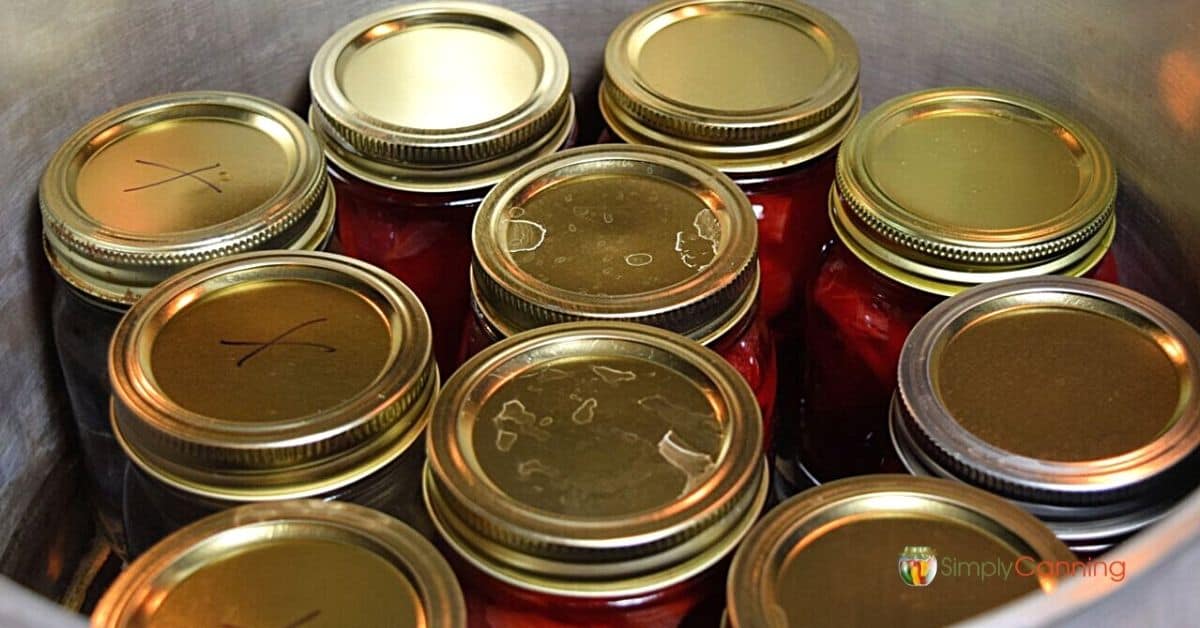
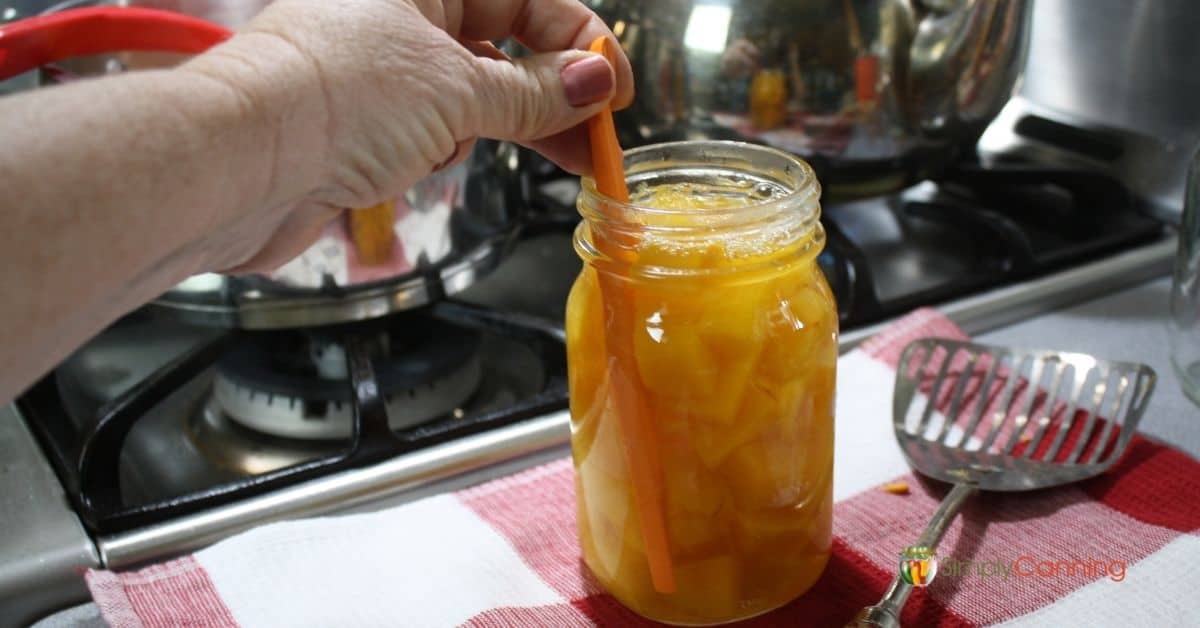
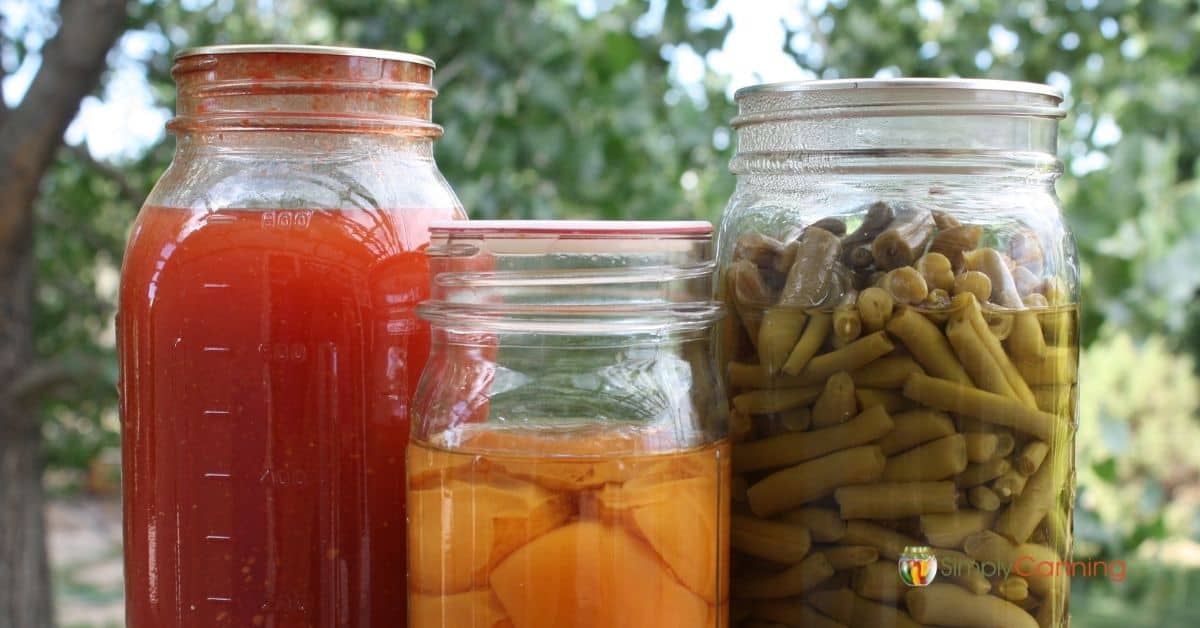
I turned whole canned tomatoes in to salad a few years ago. It turned out good, not as great as garden fresh. Ms. Wages salsa mix says you can use canned tomatoes with the mix. I dehydrated the corn and peas I was given to add to soups and rice.
Yesterday I canned grass-fed ground beef 80%-20%. Today each can is 1/3 full of fat. Is that too much fat?
Thank you,
Patricia
That sounds like too much fat. You want to brown ground beef and drain as much fat off as you can. You’ll always have some fat but it sounds like maybe you did a raw pack? Did you brown the meat first? For ground beef (or venison) you must brown it first. It is a hot pack. Full directions can be found here… Canning Ground Beef. It’s for venison… but it also applies to beef.
You are assuming that one has freezer space
But good for no teeth.